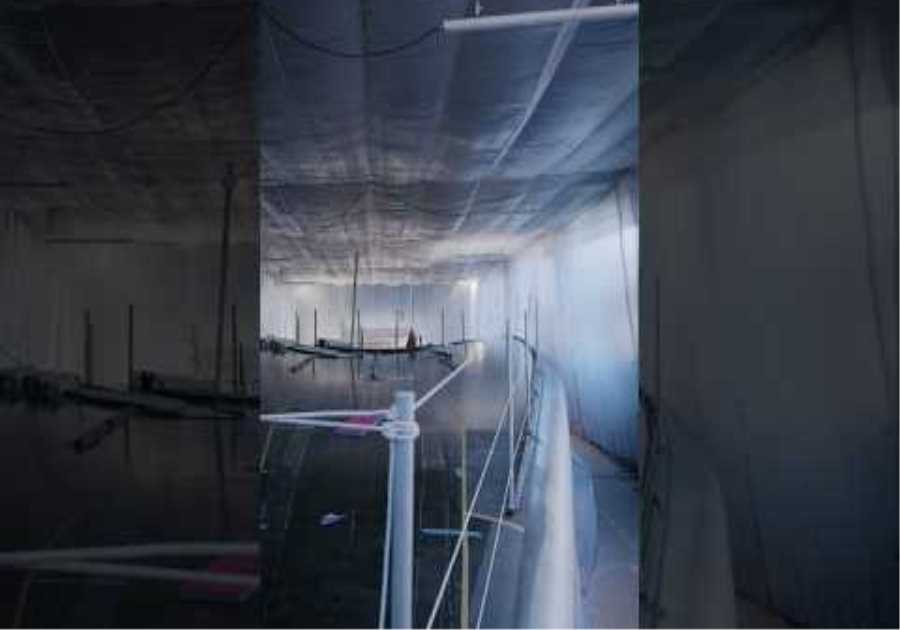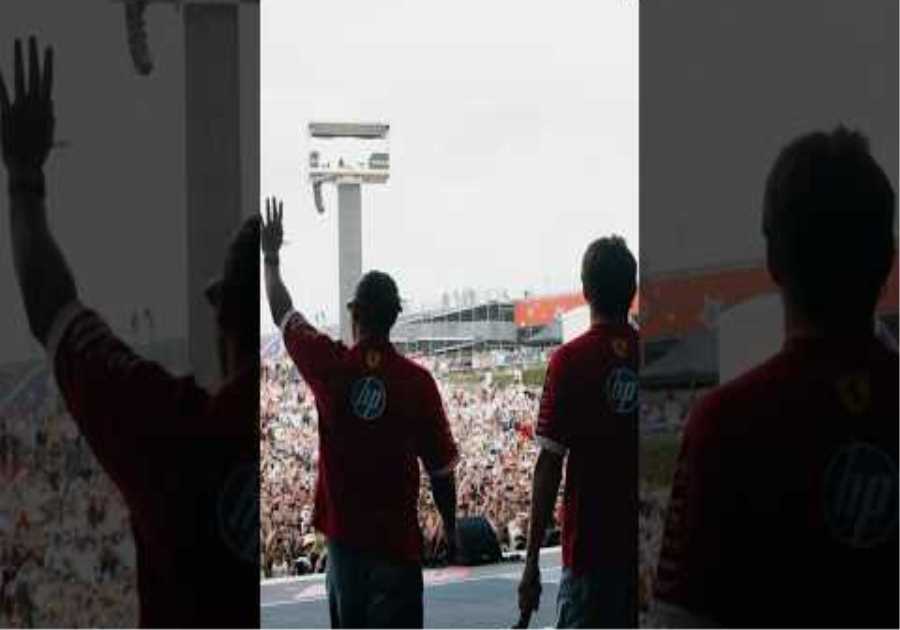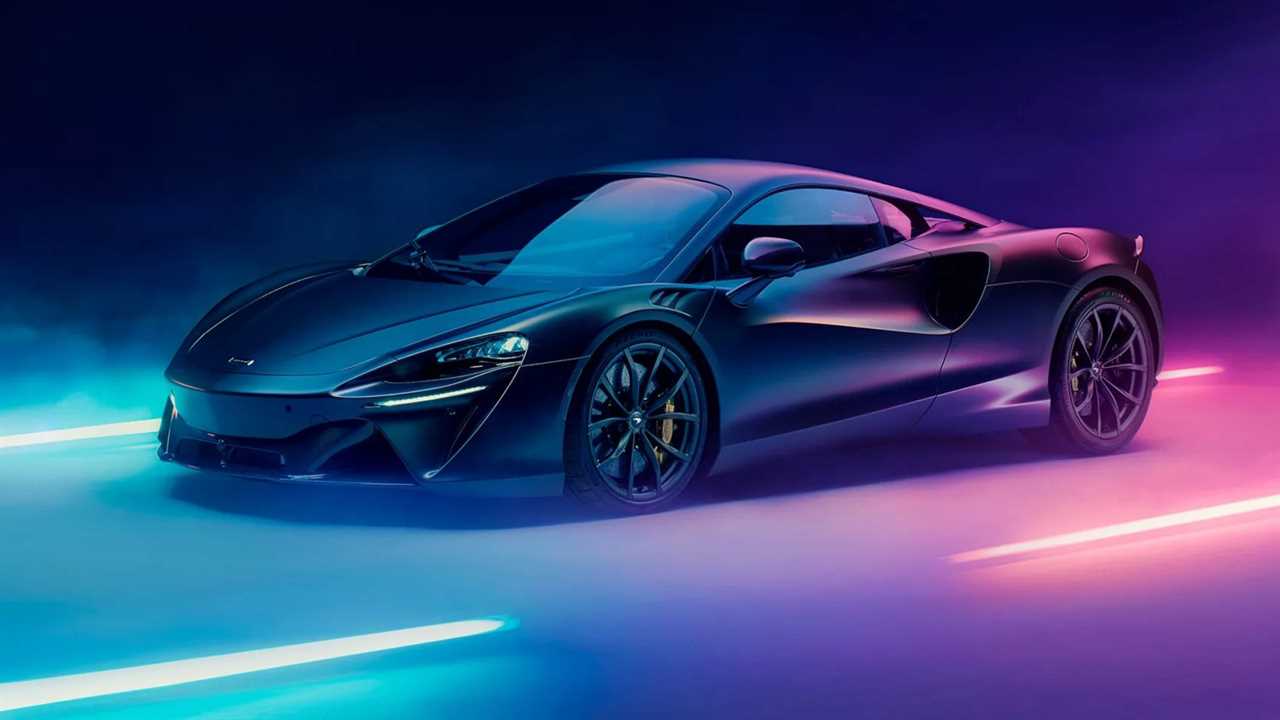
With a rich racing heritage, McLaren has graced the automotive world over the decades with some truly amazing supercars. From 1992’s record-breaking McLaren F1 to today’s lineup of equally sensational and highly technical models, the British automaker shouts fast from a mile away. Every new McLaren that comes along, seems to integrate technology from previous models to make it even better still. With Stateside deliveries now underway, some are already considering the McLaren Artura to be the best McLaren to date.
TOP SPEED VIDEO OF THE DAY
Overview
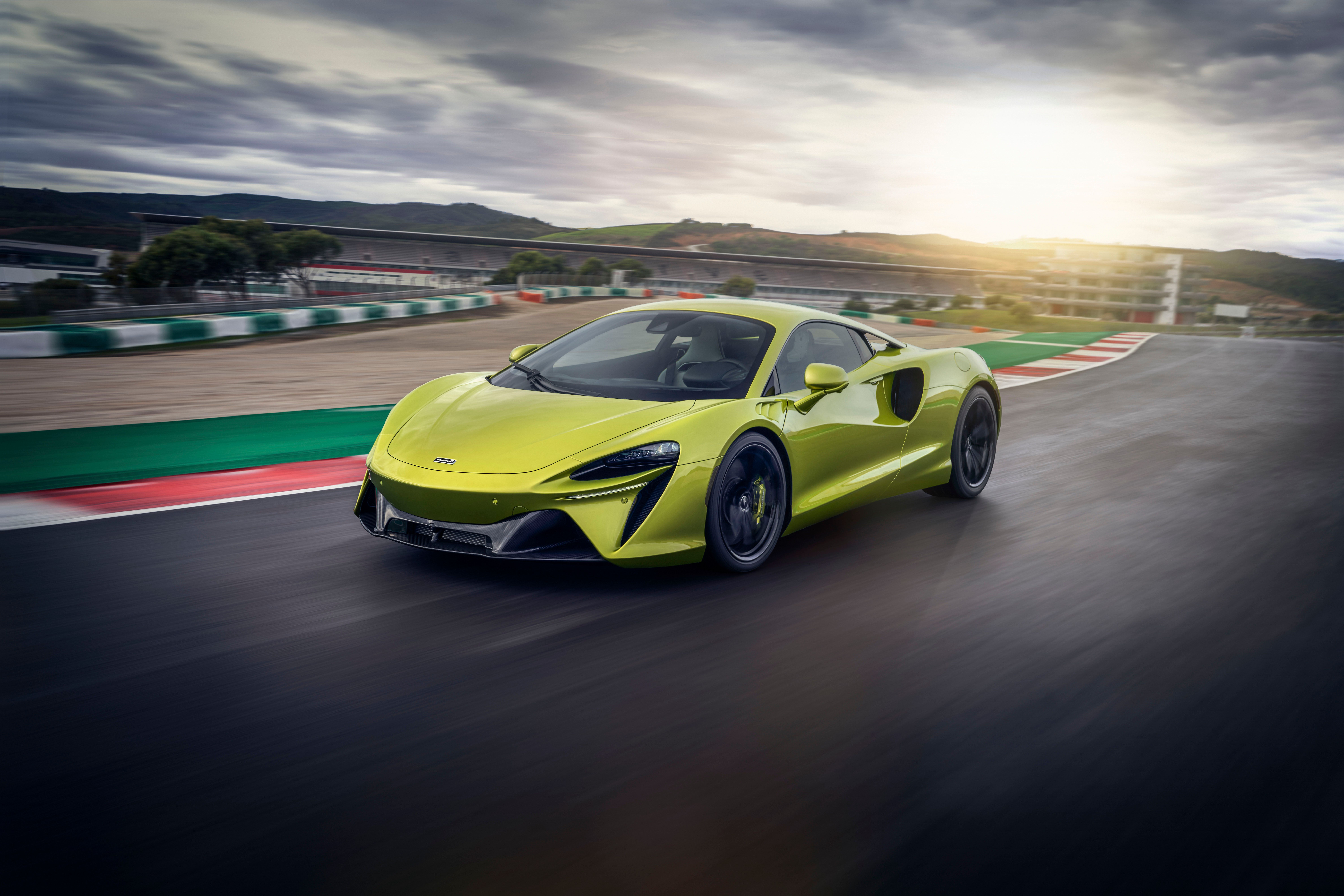
A front 3/4 shot of a McLaren Artura driving on a race track
The Artura name comes from a combination of two words. ‘Art’ and ‘Future’, which indicate where McLaren is headed. This is, after all, the first production McLaren with a hybrid powertrain. You will remember the McLaren P1 that came a decade ago was also a hybrid. That was, however, a limited production car. Only 375 were ever made. Here’s what Paul Walsh, the Group Executive Chairman of McLaren had to say about the Artura:
“The next-generation hybrid supercar. A distillation of everything we’ve ever learned.”
And it is very hard to disagree with that statement. For the Artura specifically, McLaren wanted to incorporate the best parts of the P1. Being a series-production model though, the Artura comes at a fifth of the price of the P1. Its base price in the US starts at around $233,000. The P1 meanwhile, launched at about $1.3 million a whole decade ago back in 2012.
Artura’s Cutting-Edge Design And Innovations
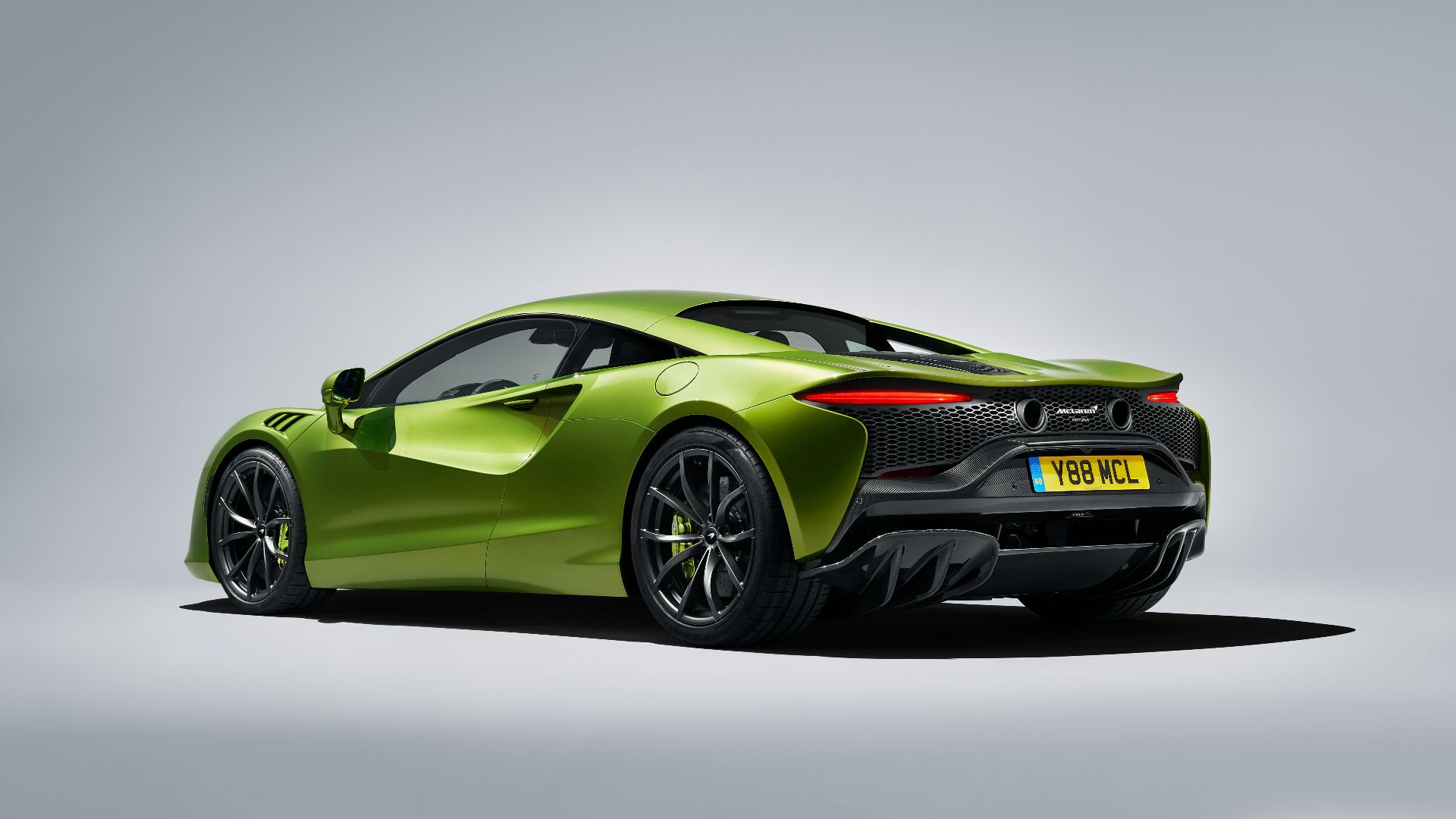
A rear 3/4 shot of a green McLaren Artura
The Artura is also the world’s first supercar to come equipped with Pirelli’s Cyber Tire. This tire provides real-time feedback on temperature and pressure. Another first for McLaren is the presence of an electronic locking differential. For the manufacturing of the aluminum outer shell, McLaren uses a process called super forming. Instead of conventional pressing, this process utilizes hot air and gas to form the structure and the results are stunning.
Because now you can get much more complex shapes and use fewer parts. This helps reduce weight and is also good for aerodynamic efficiency. The entire exterior shell of the Artura has only eight panels! The carbon tub of the car is all new. It incorporates room for hybridization and is lighter, stronger, and stiffer than ever before and acts as the base upon which the cabin is built.
A Modern, Yet User-Friendly British Supercar
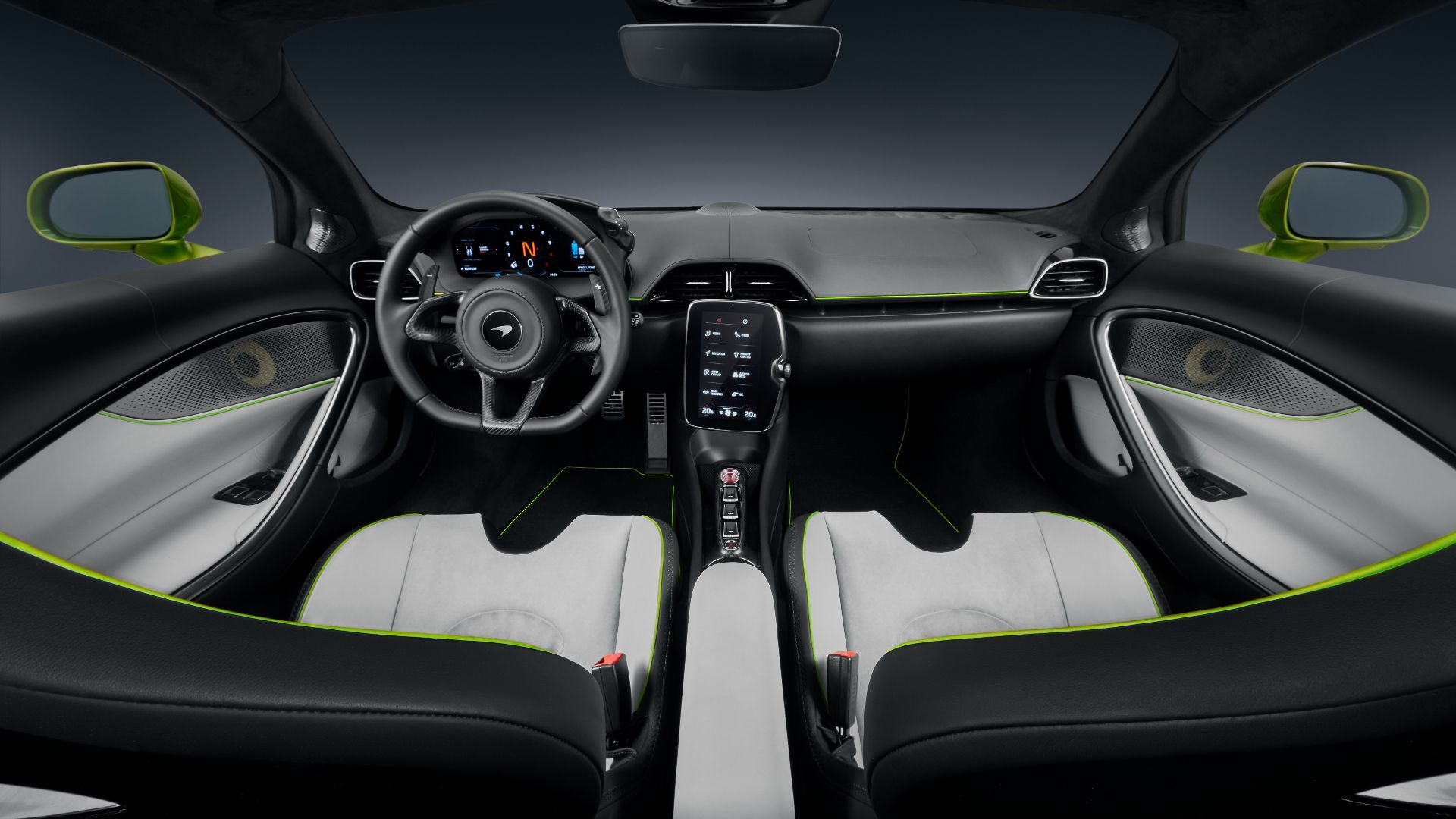
A shot from the no-nonsense cockpit of the McLaren Artura
For the interior, McLaren took an approach of a no-nonsense, driver-focused, clean user interface. The steering wheel, for example, has no buttons. At the same time, everything you need to use while driving is within reach right behind it. This means you don’t have to take your hands off it and can concentrate on driving.
Now despite being a modern supercar that pushes the limits of what technology and engineering can do to help increase its performance, the Artura sticks to the basics where it counts. Its steering is hydraulic-assisted (as opposed to electric) for better feedback to the driver. The braking system is a regular one (as opposed to brake-by-wire), again, to provide better feedback. And they are standard carbon ceramics.
There is no brake regeneration either since McLaren wanted to maintain a natural feel for the driver while stepping off the throttle. So, there are no active aerodynamic aids. The whole body is cleverly designed to use air to its advantage. As you gain speed, the body directs air toward the engine bay to help dissipate heat.

Sideline view of green McLaren Artura
The driving experience should be superb. This is a rear-engine, lightweight, rear-wheel drive supercar. It’s so well-balanced that it launches from 0-60 MPH in 3 seconds flat without struggling for traction. The quarter mile is done within just 10.7 seconds. The top speed is a generous 205 MPH. The Artura tips the scales at 3,303 pounds wet.
The powertrain that helps the Artura achieve these numbers is also completely new. The internal engine is a 3.0 liter combustion V-6 with twin electrically-actuated turbochargers. It has a bank angle of 120 degrees to keep a low center of mass. This compact-engineered engine redlines at 8,500 rpm.
The electric motor is small and light, powered by a 7.4 kWh lithium-ion battery. Total combined power is 671 horsepower @ 7,500 rpm and 531 pound-feet of torque @ 2,250 rpm. The hybridization in the Artura is performance oriented rather than efficiency oriented. It is there to neglect turbo lag and ensure a strong throttle response. For that reason, the whole system is light, plug-in, and has an electric-only range of up to 19 miles according to McLaren. Compared to the P1’s 6.8 miles of all-electric range from its 4.7 kWh battery, the Artura is a significant improvement.
Innovation Everywhere
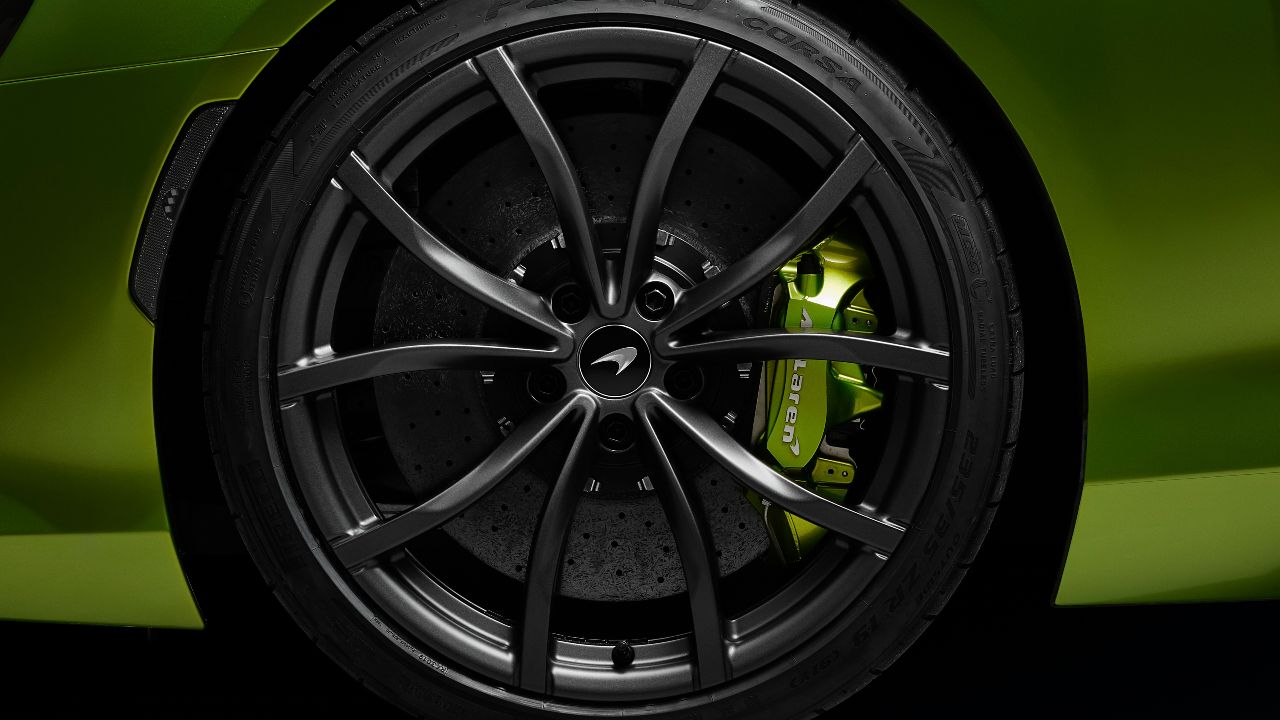
A close up of the standard carbon ceramic brakes. Also, a first ever production application of Pirreli’s Cyber Tire.
Another innovation in the Artura is with its transmission. It is a dual clutch with eight forward gears and no reverse gear. This allowed for that extra forward gear without having to increase the size and weight of the transmission system. Reversing is taken care of by the electric motor. McLaren says the hybrid system manages itself in a way that will always guarantee you have enough juice for reverse maneuvers.
A McLaren That’s Ready For The Road
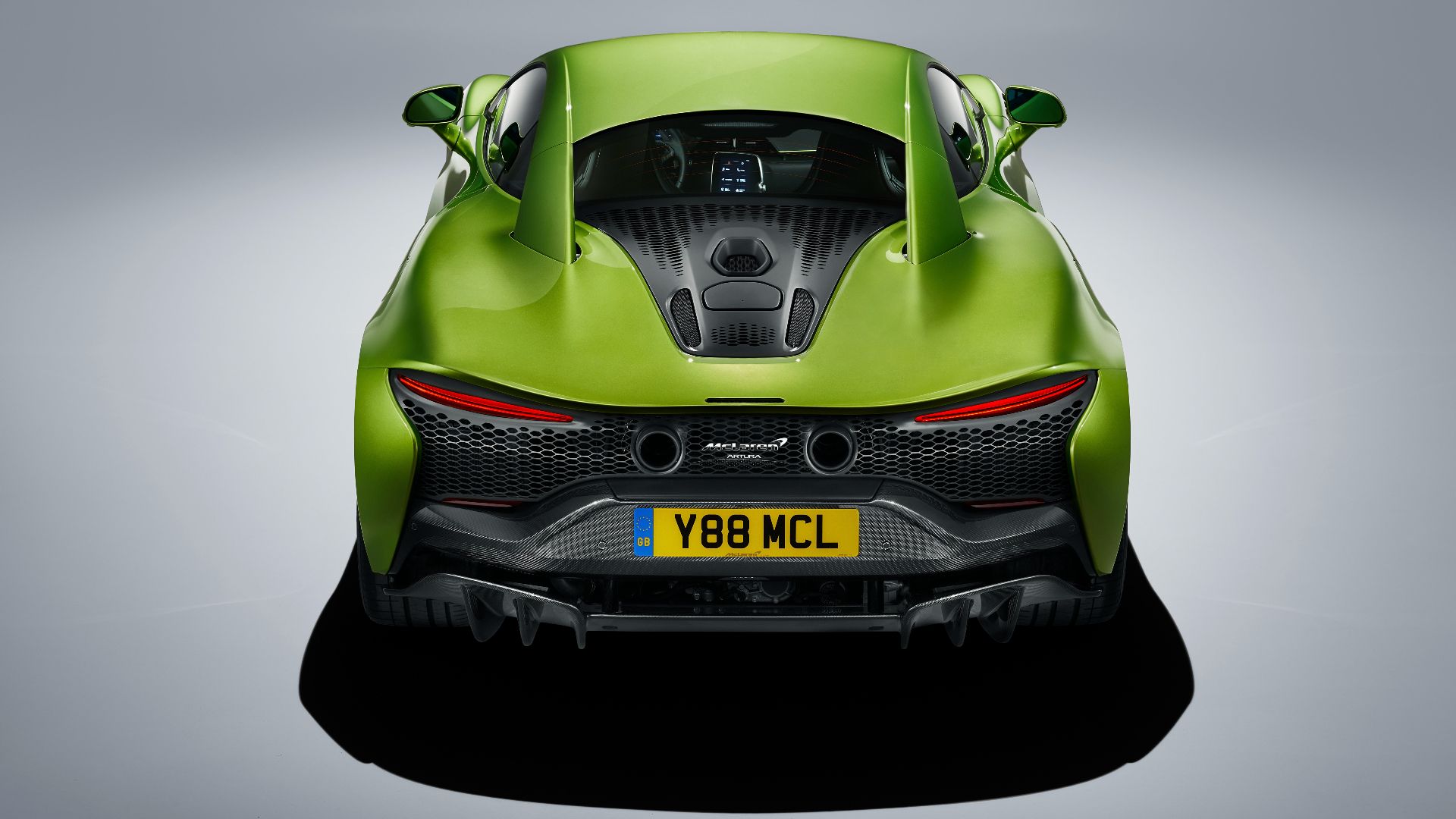
A rear shot of a green McLaren Artura.
The Artura falls into that category of supercars that can be considered for daily use. The chassis is so rigid that the adaptive damping suspension can be softer. Particularly in the comfort driving mode, with the other three being, electric, sport, and track. Under the front hood or frunk, you will find 5.2 cubic feet of 150 liters of storage space.
With a starting price of $237,500, the Artura slots in nicely between a Porsche 911 Turbo, the Ferrari Roma, and the considerably expensive but somewhat similar Ferrari F8. It is also significantly cheaper than the McLaren 720S, which carries a sticker price of a hair over $300,000. Overall, the Artura is well-positioned to win McLaren a lot of new customers and over a decade’s worth of research has helped to bring down costs considerably.
Did you miss our previous article...
https://formulaone.news/mclaren/here-are-the-lego-cars-were-excited-for-in-2023

